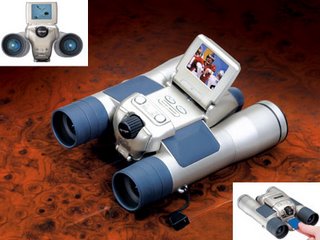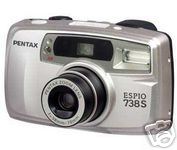So in this post lets understand more on futures.
So who decides the price of the future & how?
Future price is decided by the exchange on which they are traded. For e.g. if Future of Infosys is traded in National Stock Exchange (NSE), India then NSE acts as a counter party to each trade and guarantees settlement.
The price of this future contract is the spot price (current traded price of the actual share) of the underlying plus the cost of carry.
Cost to carry is nothing but the cost incurred (e.g. interest on the money traded) if the stock was purchased in cash instead of future and held till the expiry of future date less the income earned on the asset (e.g. dividend)
Expiry date is the date specified in the future contract. This is the last date on which the contract will be traded, at the end of which it will cease to exist. Hence these contracts should be closed on or before future expiry date by entering into an equal and opposite transaction (sell if you have bought, or buy if have sold it earlier). Thus you gain a profit if the settlement price is above your initial traded price else it will be a loss.
Cost to carry includes interest cost in case of financial futures (like index or stock futures), whereas commodity futures may include insurance and storage costs as well.
This is just a theoretical price, and then actual cost may be different depending on the demand and supply of the underlying asset.
Lot size or the contract size is the amount of assets that has to be delivered in one contract. For e.g. the Lot size of Infosys in NSE is 200. Hence a trader has to deal in minimum of 200 or in the multiples of 200.
In India, the futures are traded for max of 3 months. Generally the expiry date is the last Thursday of the month, so if you want to trade a Infosys future today (16th July 2006), you can choose following expiry dates: 27th June 2006, 31st August 2006 or 28th Sep 2006.
Hence if for e.g. the interest rate is about 12% per annum and the current prices (spot price) of Infosys share is Rs. 1650, then the cost to carry for one month would be Rs. 198/12 = 16.5. Hence Infosys future with one-month maturity should quote at nearly 1650 + 16.5 = Rs 1666.5.
This is just a simple example of the calculation. The actual formula used is
Where
S = Spot Market Price
e = 2.71828
r = cost of financing ( using continuously compounded interest)
T = Time till expiration in years.
E.g. for the example mentioned above F = 1650*e^(0.12*1/12)
= 1666.58
This cost to carry approaches to zero as the expiry dates comes near. In short the future price would be equal to cash market price (the actual price of the share) on the expiry date.
As indicated above, the future price quotes at a discount (less than 1848 in above case) or at a premium (above Rs 1848 in above case) due to demand-supply pressures.
In case the price quotes at a premium, then arbitragers would take this opportunity to buy in cash market and sell the equal amount in futures. Hence creating a risk free arbitrage, vice-versa for the discount. This would in turn push the future price back to its fair price.
Futures can also be traded on Nify or Sensex. These are called index shares.


